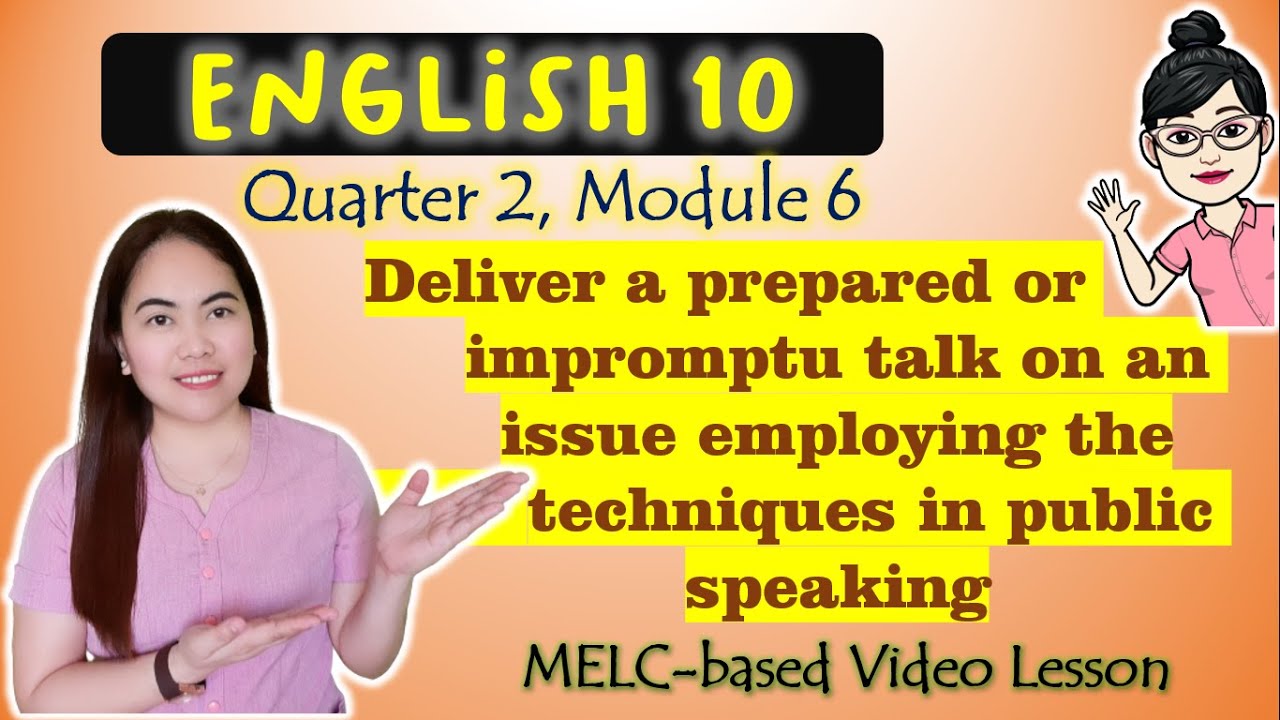Transitions | Public Speaking & Presentation Skills
Summary
TLDRThis video emphasizes the importance of transitions in public speaking and presentations. It highlights how properly setting up transitions helps guide the audience's focus and understanding. The speaker outlines three key parts: the beginning, where the topic is introduced; the middle, where transitions between points or slides are necessary; and the end, where a recap ensures the audience retains key information. Effective transitions enhance clarity, ensuring the audience stays engaged and remembers the critical points of your presentation or speech.
Takeaways
- 😀 Transitions are essential in presentations and public speaking.
- 🗣️ Speaking too fast or without transitions can cause the audience to lose track of the message.
- 📝 A presentation is generally divided into three parts: the beginning, middle, and end.
- 🚪 The beginning introduces what the presentation or speech will cover.
- 📊 Transitions between points or slides help the audience follow the presentation better.
- 🗂️ Using the right words or body language can signal a change from one point to the next.
- 🛑 At the end of a presentation, it's important to recap the main points discussed.
- 🔄 Recapping helps ensure the audience remembers the most important parts.
- 🧠 People are more likely to remember the beginning and end of a presentation.
- 👥 Effective transitions guide the audience's attention and help retain their focus.
Q & A
Why are transitions important in a presentation?
-Transitions are important because they help the audience stay focused and understand what they should be paying attention to. Without clear transitions, listeners might lose their train of thought.
What happens if a speaker talks too fast without transitions?
-If a speaker talks too fast without transitions, the audience may struggle to follow the flow of the presentation and could lose track of the speaker's main points.
What are the three parts of a speech or presentation according to the script?
-The three parts of a speech or presentation are the beginning, the middle (or body), and the end.
What is the purpose of the beginning of a presentation?
-The beginning of a presentation is meant to introduce the topic and let the audience know what the presentation will cover.
How should a speaker transition between different points or slides?
-A speaker should use appropriate words or body language to indicate a transition, such as summarizing the previous point and signaling the shift to the next topic.
What is the role of the middle section of a presentation?
-The middle section of a presentation is where the speaker transitions between key points or slides, guiding the audience through the main content of the talk.
What should be done at the end of a presentation?
-At the end of a presentation, the speaker should provide a recap to reinforce the key points and ensure the audience remembers the important information.
Why is the recap important in a presentation?
-The recap is important because it helps the audience retain the key takeaways from the presentation, especially since people are more likely to remember the beginning and the end.
What is an example of a transition mentioned in the script?
-An example of a transition is when the speaker finishes discussing one point and signals that they are moving on to the next point by using specific words or body language.
What is the overall purpose of using transitions during a presentation?
-The overall purpose of using transitions is to keep the audience engaged, maintain clarity, and ensure that the presentation flows smoothly from one section to the next.
Outlines

此内容仅限付费用户访问。 请升级后访问。
立即升级Mindmap

此内容仅限付费用户访问。 请升级后访问。
立即升级Keywords

此内容仅限付费用户访问。 请升级后访问。
立即升级Highlights

此内容仅限付费用户访问。 请升级后访问。
立即升级Transcripts

此内容仅限付费用户访问。 请升级后访问。
立即升级浏览更多相关视频

Transitions Statements for Public Speaking

Five Public Speaking Tips

Mengenal Sejarah dan Konsep Dasar Public Speaking

Prepared-Impromptu Speech |PUBLIC SPEAKING |GRADE 10|| MELC-based VIDEO LESSON | QUARTER 2| MODULE 6

SHARING YOUR STORY - PITCHING AND PUBLIC SPEAKING - TASTER BUSINESS COURSE

Why We Fear Public Speaking | Taylor Williams | TEDxUF
5.0 / 5 (0 votes)
